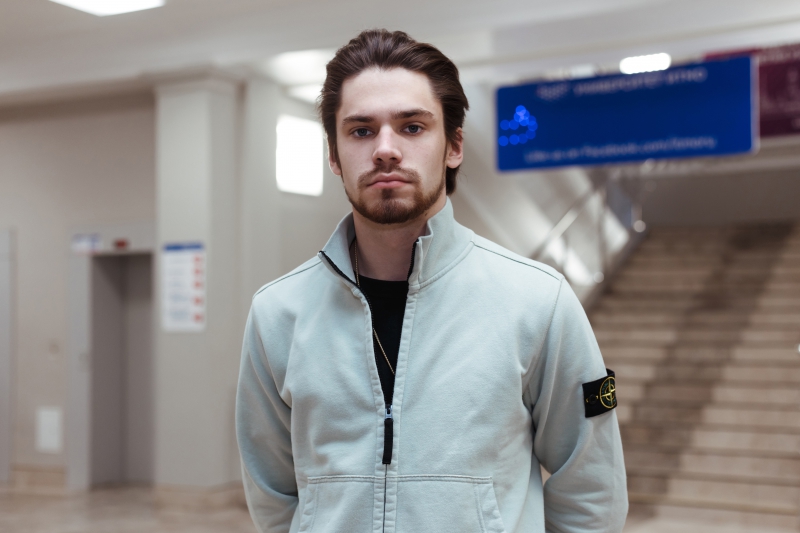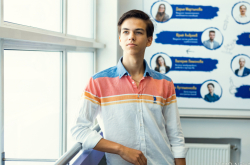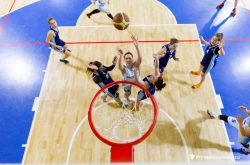Once again, congratulations on your win. The final race took place in pretty challenging weather conditions, but you still succeeded in winning the gold medal over two races. What were your thoughts when you reached the finish line? Did you realize you won?
I knew I had won only when I drove into the parc fermé. This is a place outside the track where all the cars are kept. Instead of being sent to check-ups, my car was taken straight to the podium.
Generally, when the race ends, you feel completely exhausted. After all you’ve just spent 40 minutes under tremendous stress. Then it goes away and that’s when you realize what’s going on.
Did you expect to win?
No. After the two qualifying races, and the first actual race, it became clear to me what I had to do to win. But it wasn’t clear if I’d be able to.
How long did it take you to become a part of the Russian team at FIA Motorsport Games?
It’s been a long way. And it was all spent on acquiring speed, experience, and nerves of steel. It’s what gives me the ability to perform well at different competitions.
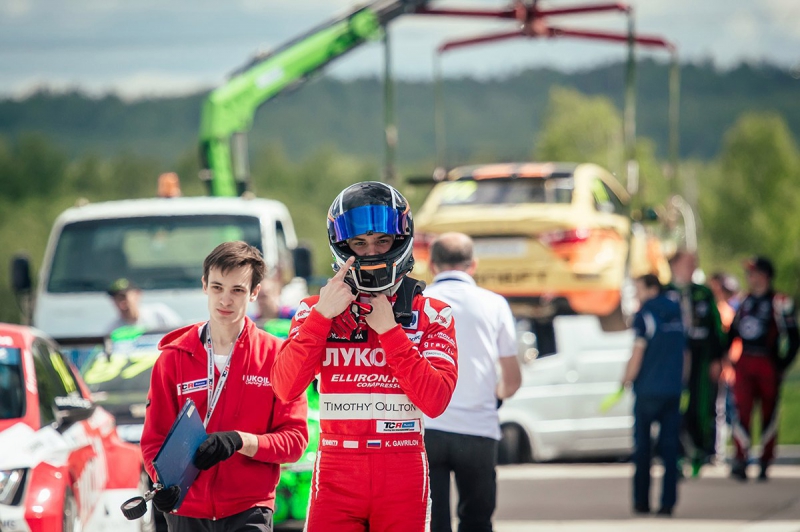
As for international experience, I’ve taken part in several global events before FIA. I competed on the historic Monza circuit, for instance, where I won one race out of two. Then there was the Mugello circuit, where I won the qualifying race, but wasn’t able to participate in the second race due to technical errors. There was also a race in Belgium, but it was my first time on that track and there were not enough laps to familiarize myself with it, so I didn’t do that well. In Russia, of course, I’ve already been able to race every circuit.
You started racing at 13. What motivated you?
I went to a karting club with my father and I remember finishing the track quite quickly. That’s how it began. First I went to kart rentals, then got into kart racing, and then circuit racing.
Were your parents supportive of this hobby?
Of course. My father is an engineer, so he was very involved. He was present, and is still present, as an engineer at all of my races. Together with him we tune my car, review telemetry, develop tactics. Many know about Max Verstappen (Dutch racer who competes in Formula One with Red Bull Racing – Ed.), whose father guided him and even tuned the engine on his kart. My story is pretty similar. But there’s the other side of the coin – sometimes we get somewhat tired of one another and our relationship can become a bit tense. It’s important to know how to deal with it, and I think we succeed in that.
And your mother, does she watch your races?
She said, “I could bring myself to watch the RCRS, but only a recorded broadcast” (RCRS – Russian Circuit Racing Series, of which Klim Gavrilov is the bronze winner of 2018 – Ed.).
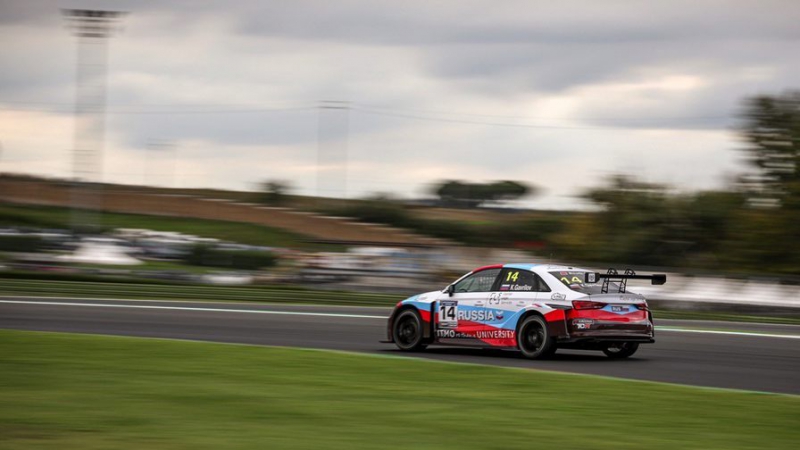
What was the most difficult part of your career? Did you ever feel like quitting, taking up something else?
I wouldn’t say that there have been any moments that really made me question my abilities. At times, I’ll admit, other interests took the place of racing for some time. But then people would tell me, “If you don’t like racing, maybe you should simply quit?” That notion would always be a strong stimulus for me to think and make a choice. And I always chose to go back and race. In the end, it’s what I enjoy the most.
How, and where, do you train? How much time does it take up?
This season I’ve had several rounds of training in different places. First off, I did general physical training with a coach. This includes running, Crossfit, and so on. But then we decided that I should do some boxing to help me be a bit more aggressive on the track. After all, in racing you also need to know how to defend yourself and “bare some teeth”, so to say. For six months, I learned to box. It was full-on training with sparring. Finally, by mid-season I continued to train on my own by simply going to the gym. Before the FIA Motorsport Games, I ramped up my regimen and worked out every day.
There’s this notion in the motor sport world that the more time you spend behind the wheel, the better. It’s like how solving 50 similar problems will make the 51st a breeze. The more laps you do, the faster you can do them – to an objective limit. At the same time, it helps improve stability.
I went to train at Vallelunga on August 30, where I spent two days doing laps. The conditions were different, though – it was hot and the tyres would “glide” a bit. Still, it let me familiarize myself with the track.
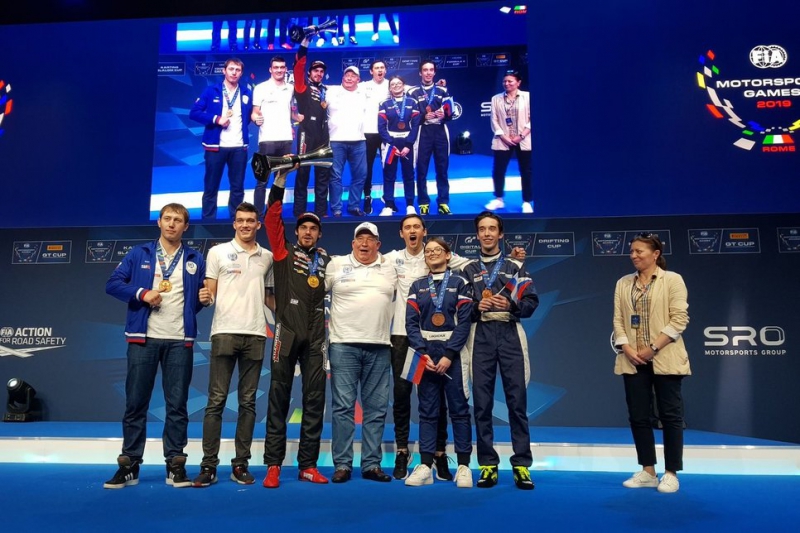
Do you train in St. Petersburg, too?
I do. Before this race, we went to the St. Petersburg Autodrome to test out the settings we’ve put on the car before going to Vallelunga, where we only had two practice races. We ironed out all of the kinks in advance, so the car never let me down during the race.
Racing is a team sport where much depends not only on the driver, but also on their engineers and mechanics. But speaking specifically of the driver – what qualities should one possess, in your opinion, to perform well in competitions?
I think there are several. First off, a driver must have talent, a feel for the car, a predilection. Even on the street, there are drivers who do great and there are those who always get into accidents.
The second is сommitment. Many drivers forget that they should know all about their car. Oftentimes they leave that to their engineer. They come in and say, “Tune it up here and here,” and then move on. I think that’s a huge error. I’d say it’s vital to keep an eye on things and know as much about your car as possible. The pilot should tell the engineer what to change and how to do that. That’s what I do because my father taught me to. He’d always tell me, “You must know this. This is your advantage.”
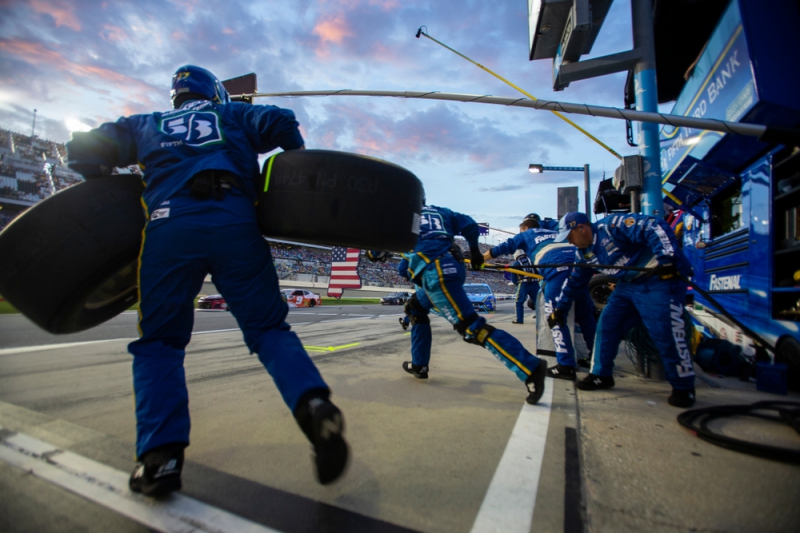
That’s why, after driving the track, I can immediately tell if, for instance, there isn’t enough traction in the front. And when I go into the pit lane, I can quickly explain to the mechanics what to adjust. When you know your car, the process becomes quicker.
Do you still have time for other hobbies?
I do. In my free time, I dabble with design. I make prints for clothing, mostly T-shirts, jumpers, and jeans. I come up with a design, buy some quality clothing, and then go to a studio that I’ve been working with for a while to apply the prints. In the end, I get a product that quite a few people are interested in.
My friends come to me with requests. For instance, a friend of mine recently released a rap album and his sister asked me to make a couple of T-shirts with the cover on them. I did, and it developed into a collection of 13 T-shirts. I try to develop myself in that area, too. I’ve recently spoken to a team that has established a full-fledged production. I hope that soon I’ll free up my schedule and release a capsule collection.
By the way, your Audi Sport, which you drove in Italy, was adorned with the Russian flag and the ITMO University logo. Is this a regular practice for racers – to represent not only your country, but your university as well?
It’s very rare.
What made you decide to do that?
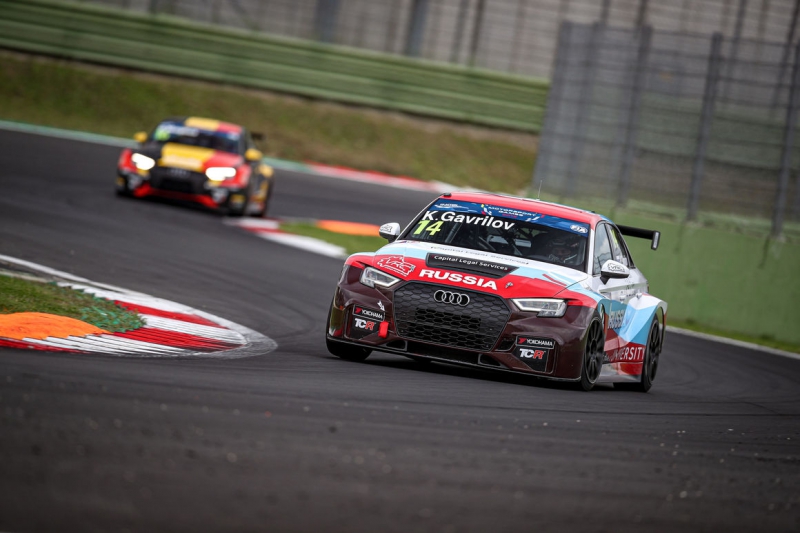
There’s a Formula Two driver who put his university’s logo on his car. I thought that representing one’s university is indeed really cool. And everyone will know where I am, so I won’t have to explain to my teachers why I missed a class.
You’re now in your second year as a student at the Faculty of Software Engineering and Computer Systems. How did you end up picking ITMO University and that field of study?
As I was finishing up school, I was already involved in design. I decided that I should keep moving forward in that field. I found this specialization at ITMO that combines design and programming and thought to myself, “Cool, it covers all the bases: it’s practically like a double education and you can be a designer or a programmer once you graduate.”
Do the things you’ve learned at university help you in everyday life?
We only start learning about design in our third year, so I’m not there yet. But programming is helping me already. There’s a table in racing that shows the weight handicaps of different car models. What does that mean? There are different car manufacturers and each has a weight handicap, which increases or decreases based on speed. So if a driver on that type of car has finished quickly, then all drivers using that same make of car are given additional ballast, or vice versa if the driver was slow.
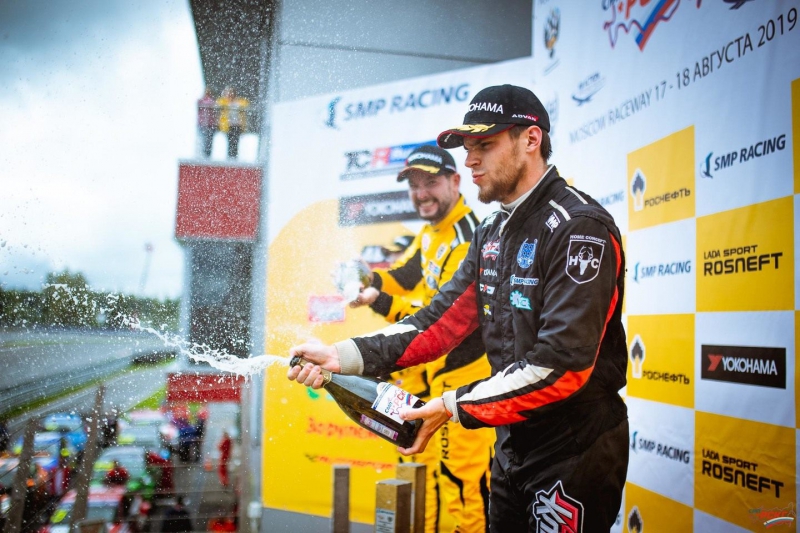
My newfound knowledge of programming allowed me to understand this system better, which was of great help.
What are your plans for the future?
First of all, of course, I want to graduate. I’ll continue racing, as that’s what keeps me moving forward. I plan to move into the next class, GT3, which is faster. As for design, I’m also planning to keep it up and release my capsule collection. Perhaps I’ll be able to make my own brand in the future. I think that higher education is never a bad thing. First and foremost, university education makes you think and develop yourself. It forces you to keep forging ahead.
